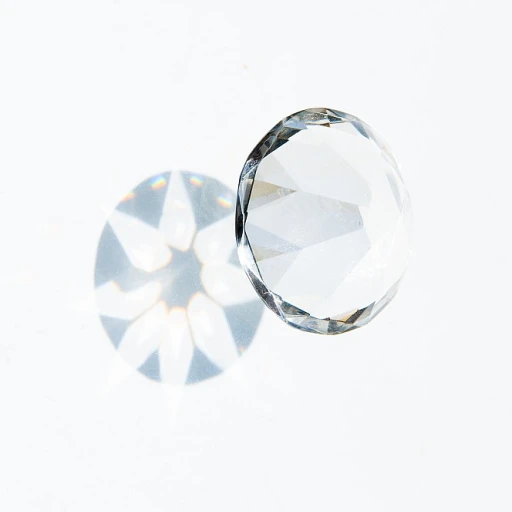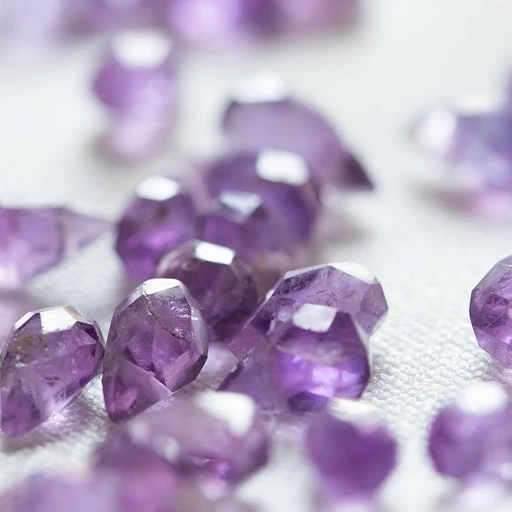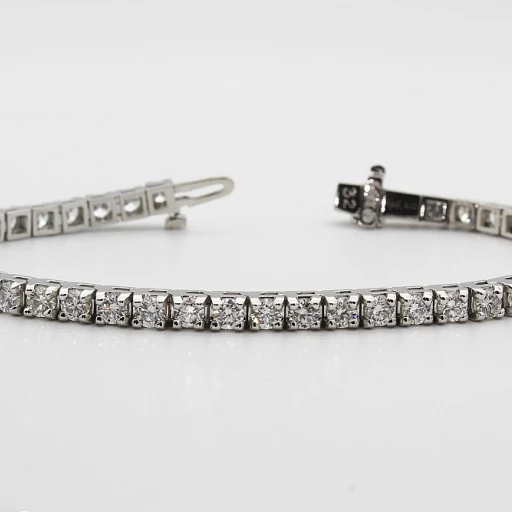
Cracking the Code: A Comprehensive Hallmarking Guide for the Fine Jewelry Owner
'Knowledge is power, someone once said, and being a fine jewelry owner, power for you comes not only from owning the jewelry but also understanding it. But have you ever pondered on those tiny engravings on your jewelry? Known as hallmarks, they hold a wealth of knowledge, insight, and, believe it or not, drama! So, without further ado, unwrap your favorite diamond necklace or that antique rose gold locket and let's embark on a decoding adventure!
Decoding Hallmarks: What Do They Mean?
Now, hallmarks on jewelry are like fingerprints. They tell you the identity of the precious metal, its purity, the place of assay, the year it was tested and who made it. These cryptic codes were introduced back in 1300 AD in the UK, and they've been around, in flair and style ever since. Talk about a grand old tradition! But enough with the history lessons, just like wine tasting or watching a rerun of your favorite 80's sitcom, the real fun is in the doing, not the theory!
How to Identify the Metals?
The first hallmark you'll come across is the Maker's Mark. And, no, I'm not talking about the bourbon whiskey, but it's as intoxicating, I assure you. Silver might be marked with '925', 'Ster' or 'Sterling', gold may have '10K', '14K', '18K', '22K' or '24K', while platinum would proudly bear 'PLAT'. Never thought reading those tiny symbols would feel like deciphering an ancient script, huh?
Grasping the Year of Manufacture
The date letter, another hallmark, gives you the year of manufacture. It's typically a letter of the alphabet and changes annually. Baltimore town hall has records dating back to the 16th century, in case you want to play Sherlock with your heirloom jewelry. Or you know, just take a wild guess and hope it's from the 17th century!
The Significance of the Assay Office Mark
The assay office mark tells you which office assessed the piece. If you see a leopard's head, it's from London, an anchor symbolises Birmingham and the Yorkshire rose represents Sheffield. Quite like secret societies having their unique lingo!
Cracking the Code: Fineness Mark
The fineness mark tells you how pure the metal is. For silver, '999' is fine silver, '925' is sterling silver, and '800' is just silver. For gold, '375' means 9ct, '750' is 18ct, and '916' is 22ct, No final exam, I promise!
As Leonardo da Vinci put it, 'Simplicity is the ultimate sophistication'. Hallmarking, with its rich history and complex symbology, adds a refined touch to your precious jewelry. So, next time you're inspecting your bling, remember you've cracked the Da Vinci Code, and there's nothing stopping you now!




